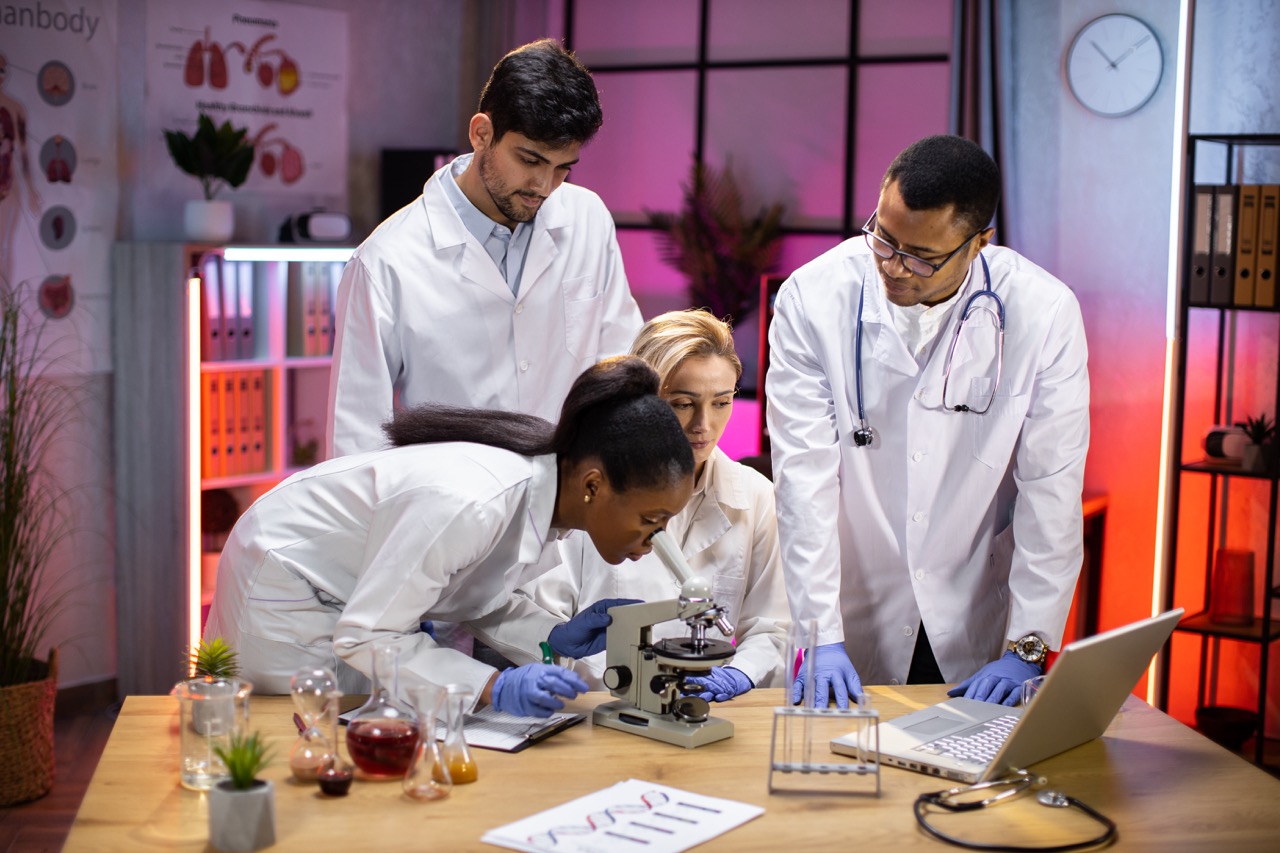The quest for effective treatments against malaria has led researchers down many paths, yet none have been as transformative as the work of Chinese scientist Tu Youyou. Her rediscovery of artemisinin, a compound derived from traditional Chinese medicine (TCM), has revolutionized malaria treatment worldwide. This article explores the historical context of TCM, Tu Youyou’s innovative approach to drug development, the extraction and development of artemisinin, and the profound impact this compound has had on global health.
The Historical Context of Traditional Chinese Medicine Practices
Traditional Chinese medicine has a rich history that spans thousands of years, rooted in holistic approaches to health and wellness. Central to TCM practices is the belief that balance within the body leads to good health, and treatments often encompass herbal remedies, acupuncture, and dietary adjustments. Among the extensive pharmacopoeia of TCM, various herbs have long been used to alleviate symptoms of fever and malaria, with sweet wormwood (Artemisia annua) being one of the most prominent.
In ancient texts, such as the "Shennong Bencao Jing" (The Divine Farmer’s Materia Medica), practitioners documented the medicinal properties of plants. Sweet wormwood was noted for its effectiveness in treating intermittent fevers. Despite its historical significance, TCM practices faced skepticism from the scientific community, which often favored Western medicine’s empirical methodologies. However, amidst this skepticism, the potential for re-evaluating traditional remedies through scientific lenses began to emerge.
The 20th century marked a turning point for TCM as the Chinese government sought to integrate these ancient practices with modern medicine. During the 1960s, amid the increasing threat of malaria in Southeast Asia, researchers became motivated to explore TCM’s vast herbal resources for potential antimalarial compounds. This set the stage for Tu Youyou’s pioneering research, which would bridge the gap between traditional practices and contemporary medical science.
Tu Youyou’s Innovative Approach to Malaria Treatment
Tu Youyou, a pharmacologist and researcher, began her work on malaria during a time when the disease was rampant and conventional treatments were failing. Tasked with finding a solution, she turned to the historical records of TCM for guidance. Her approach was unique; rather than dismissing traditional knowledge, she sought to validate and refine it through rigorous scientific inquiry. This blend of traditional wisdom and modern research methodologies would ultimately lead her to a groundbreaking discovery.
In 1971, Tu Youyou and her team began experimenting with various extracts from traditional herbs known for their antimalarial properties. Their work was marked by a meticulous process of trial and error, as they carefully assessed the efficacy of various compounds. Tu’s commitment to safety and efficacy drove her to implement a method involving cold extraction to preserve the active ingredients, a technique inspired by ancient TCM practices that had been overlooked in modern pharmacology.
Through persistent research and innovative methodologies, Tu Youyou succeeded in isolating the compound artemisinin from sweet wormwood. This marked a significant milestone in the search for an effective treatment for malaria, providing a promising alternative to existing therapies, many of which had become ineffective due to rising drug resistance. Her work not only highlighted the relevance of traditional medicine in contemporary biomedical research but also set a precedent for future explorations of herbal compounds.
The Extraction and Development of Artemisinin
The extraction of artemisinin was a meticulous process that demanded both scientific rigor and respect for traditional wisdom. After isolating the compound, Tu Youyou and her team conducted a series of bioassays to evaluate its antimalarial properties. These tests demonstrated that artemisinin possessed remarkable efficacy against Plasmodium falciparum, the parasite responsible for the most severe form of malaria. This discovery prompted further investigation into its mechanism of action and potential for therapeutic use.
Recognizing the urgent need for effective malaria treatments, Tu Youyou collaborated with pharmaceutical companies to enhance artemisinin’s bioavailability and formulate it into various drug combinations. This collaborative effort culminated in the development of artemisinin-based combination therapies (ACTs), which would become the standard treatment for malaria. The introduction of ACTs marked a major advancement in malaria treatment, significantly reducing mortality rates and improving patient outcomes in endemic regions.
The journey from traditional herb to modern medicine was not without challenges. The process of synthesizing artemisinin on a large scale initially proved difficult, prompting further research into synthetic alternatives. However, the natural extraction methods remained a cornerstone of its production, ensuring that the compound’s integrity was preserved. Tu Youyou’s work thus not only bridged traditional and modern medicine but also established a sustainable model for the future of drug development.
Impact of Artemisinin on Global Health and Medicine
The introduction of artemisinin and its derivatives into global health initiatives has had a profound impact on the fight against malaria. Since its discovery, artemisinin-based combination therapies (ACTs) have been adopted worldwide, becoming the cornerstone of malaria treatment in endemic regions. The World Health Organization (WHO) recommended ACTs as the first-line treatment for uncomplicated malaria, leading to a dramatic increase in treatment efficacy and a decline in malaria-related mortality rates.
Beyond its immediate impact on malaria treatment, the success of artemisinin has catalyzed a broader recognition of the potential of traditional medicine in modern healthcare. Tu Youyou’s innovative approach has inspired a wave of research into other traditional remedies, encouraging scientists to explore the pharmacological properties of plants that have been used in various cultures for centuries. Her work emphasizes the need for a multidisciplinary approach in drug discovery, where traditional knowledge and scientific inquiry coexist.
The implications of artemisinin extend beyond individual health outcomes; they also touch on global health policies and the importance of accessible treatments for infectious diseases. With malaria disproportionately affecting low-income populations, the development and dissemination of ACTs have been crucial in efforts to achieve health equity. Tu Youyou’s contribution has not only transformed malaria treatment but also underscored the value of integrating traditional practices with modern science, paving the way for future breakthroughs in global health.
The rediscovery of artemisinin by Tu Youyou is a striking example of how traditional medicine can inform modern medical practices. By bridging the realms of ancient herbal knowledge and contemporary scientific methods, Tu Youyou has profoundly impacted global health, providing effective solutions to one of humanity’s oldest diseases. Her work serves as a reminder of the importance of respecting and exploring traditional practices while harnessing modern research techniques, ultimately contributing to a healthier world for all.










